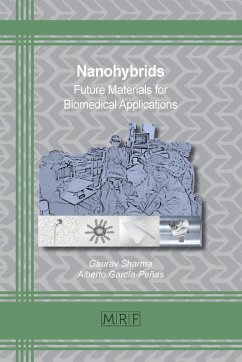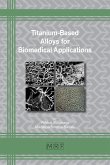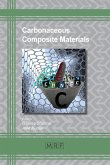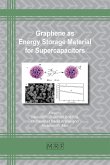The book covers preparation, designing and utilization of nanohybrid materials for biomedical applications. These materials can improve the effectiveness of drugs, promote high cell growth in new scaffolds, and lead to biodegradable surgical sutures. The use of hybrid magneto-plasmonic nanoparticles may lead to non-invasive therapies. The most promising materials are based on silica nanostructures, polymers, bioresorbable metals, liposomes, biopolymeric electrospun nanofibers, graphene, and gelatin. Much research focuses on the development of biomaterials for cell regeneration and wound healing applications. Keywords: Biomedical Materials, Cell Growth, Cell Regeneration, Wound Healing, Surgical Sutures, Non-invasive Therapies , Drug Transport, Tissue Engineering, Cardiovascular Implants, Fracture Repair Implants, Biodegradable Materials, Hybrid Magneto-plasmonic Nanoparticles, Silica Nanostructures, Polymers, Bioresorbable Metals, Liposomes, Biopolymeric Electrospun Nanofibers, Graphene, Gelatin-based Hydrogels.








